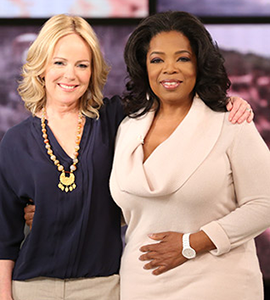On Living a Writer’s Life
I used to teach in an MFA Program which advertised using the following tag line: Live the Writer’s Life in New York City! During the years I taught there, I was indeed a writer living in New York City, though I had no idea what living the writer’s life meant. I got up every morning, walked the dog, wrote. I met friends—some of whom were other writers—for coffee. I edited my work in the afternoons. I taught my classes. I read a lot. Was this what was meant by living the writer’s life?
There’s a danger in romanticizing what it means to be a writer. Because what it really means is hard, hard work. It means tearing your hair out. Feeling like your head is about to explode. It means enduring periods of time during which you have no idea what you’re doing. It means rejection, failure, disappointment and confusion, only occasionally tempered with acceptance, triumph, joy and clarity. From a distance, it can look good—I know this as well as anyone—but if you get up close to a working writer, what you can see and hear and even smell is the steady thrum of tension and despair that is necessary to get the words to fall onto the page in the right way, in the right order, and with the possibility of lucidity, even poetry. We are after nothing so much as transcendence. We must lose ourselves, temporarily, as we find the shape of our consciousness on the page. This is living the writer’s life: existing in a kind of dream state, at once here and not here, paying attention while listening to a faint, internal music. Taking the leap, trusting the fall.
Notice I’m not talking about readings or awards dinners or book parties. At this same MFA program, a student once rushed through my office door, having stood me up for a scheduled conference.
I’m sorry, but I got a last-minute invitation to David Foster Wallace’s book party! she told me breathlessly.
As if of course I’d understand. She was, after all, trying to live the writer’s life in New York City. I had also been invited to that book party but hadn’t gone. Instead, I was holding my usual office hours, which was my version of living the writer’s life in New York City. Which is not to say that I’m a curmudgeon. I like parties as much as the next person. But I had learned, by then, not to mistake the parties for the work. Not to confuse the shiny surfaces with the true grit required to make something actually happen on the page.
And so. Twenty years into this particular writer’s life, I no longer live in New York City. The intensity of the pace, combined with family life and my writing life, was more than my delicate constitution could handle. I live with my family on the top of a hill in the country, and during the days, my house is quiet, save for the occasional excitement of the FedEx truck heading up the driveway. I write. I write small things (stories, essays, reviews, blog posts) and big things (books) with occasional forays into new things (film, television pilots). I read as much and as often as I can. I do yoga and meditate. I do whatever is necessary in order to maintain the equanimity we all need to withstand the disappointment and rejection that are the lot of every writer, no matter where we are in our careers. How do we live the writer’s life? There’s only one simple answer: we write.


















